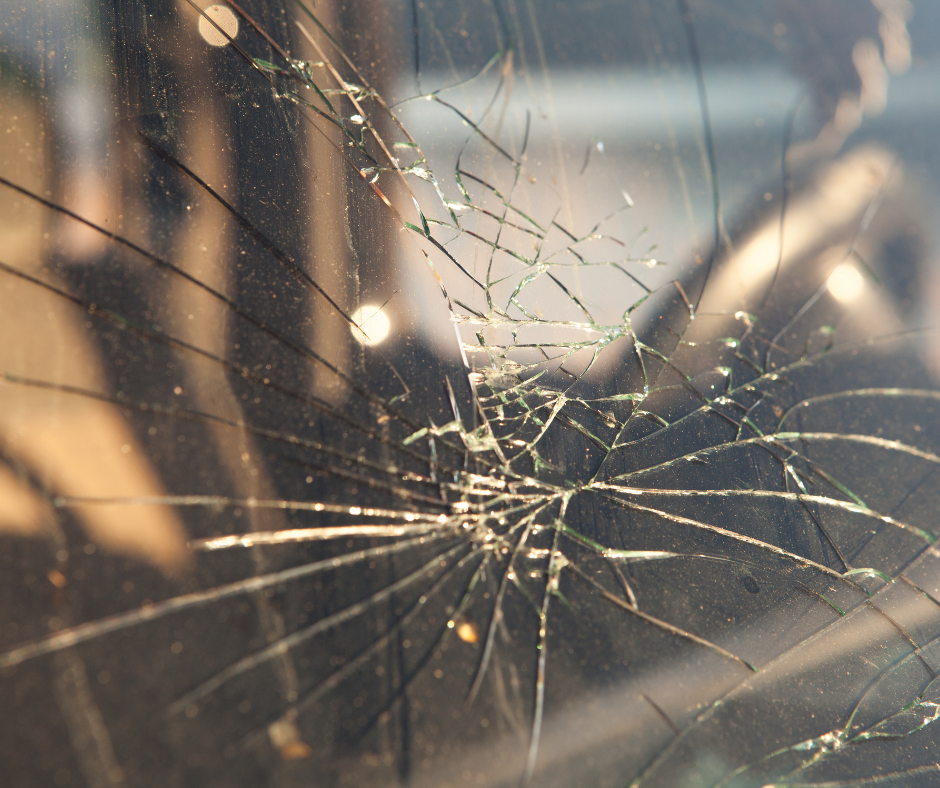Your windshield is a critical component of your vehicle, providing structural support and ensuring clear visibility while driving. However, it's also susceptible to damage from various sources, such as rocks, debris, or sudden temperature changes. Understanding the different types of windshield chips and cracks can help you determine the best course of action for repairs or replacements. Here's a detailed look at the most common types of windshield damage:
1. Bullseye Chip
The bullseye chip is one of the most common types of windshield damage. It features a distinct circular impact mark resembling a bullseye target. This type of chip is typically caused by a small, rounded object like a stone. Bullseye chips are generally easier to repair if addressed promptly, preventing further cracking.
2. Half Moon (Partial Bullseye) Chip
Similar to the bullseye chip, the half moon chip is characterized by a partial circle at the point of impact. It's usually caused by a similar object as the bullseye chip but results in an incomplete circle. Like bullseye chips, half moon chips are relatively straightforward to repair if caught early.
3. Star Break
A star break chip has a series of short cracks radiating outward from the impact point, resembling a star. This type of damage is often caused by sharp, pointed objects like small rocks or debris. Star breaks can be more challenging to repair due to the multiple cracks, and they may spread if not addressed quickly.
4. Combination Break
A combination break features multiple types of damage, such as a bullseye chip with radiating cracks. This type of damage can be more complex to repair, as it combines the characteristics of different chip types. Depending on the severity, a combination break may require a more comprehensive repair or even a windshield replacement.
5. Crack Chip
A crack chip is a small crack less than an inch in length originating from the impact point. It often appears as a single line and can be caused by a sharp object striking the windshield. Crack chips are typically repairable if addressed promptly, but they can spread quickly if left untreated.
6. Edge Crack
Edge cracks start within two inches of the windshield's edge and can extend across a large portion of the glass. These cracks are usually caused by stress or pressure on the windshield, such as from temperature fluctuations or structural issues. Edge cracks are particularly concerning because they compromise the structural integrity of the windshield and often necessitate a full replacement.
7. Floater Crack
Floater cracks start in the middle of the windshield and extend outward. They are typically caused by a direct impact from a heavy object or sudden temperature changes. Floater cracks can be repaired if they are less than six inches long, but larger cracks usually require a replacement.
8. Stress Crack
Stress cracks occur without any impact and are typically caused by sudden temperature changes or structural stress. These cracks often start near the edges of the windshield and spread quickly. Stress cracks can compromise the integrity of the windshield, making a replacement the safest option.
9. Long Crack
A long crack is any crack over six inches in length. These cracks can result from various causes, including severe impacts or stress. Long cracks are usually beyond repair and require a windshield replacement to ensure safety and structural integrity.
Understanding the different types of windshield chips and cracks is essential for determining the appropriate repair or replacement strategy. While minor chips and short cracks can often be repaired, more extensive damage or cracks near the edges typically require a full windshield replacement. Promptly addressing any windshield damage not only maintains the structural integrity of your vehicle but also ensures clear visibility and safety on the road. If you notice any chips or cracks on your windshield, it's best to consult a professional auto glass technician to assess the damage and recommend the best course of action.
From all of us at Quick-Set Auto Glass, drive safely out there Colorado!

